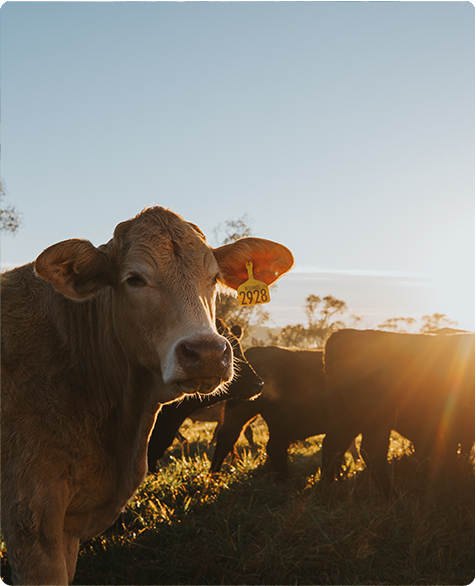What does the research say about Australian lamb and climate change?
The research shows that the radiative forcing footprint of Australia’s sheep meat sector had plateaued over the past 30 years and reached the point of a net zero increase in 2020, a status that could be described as ‘climate neutral’.
In fact, the climate impact of the sheep meat industry is trending downwards due to the decrease in the sector’s methane emissions, from 371 kt in 1990 to 290 kt in 2017.
What’s the difference between ‘climate neutral’ and ‘carbon neutral’?
What does climate neutral mean?
In the context of the CSIRO research, ‘climate neutral’ is defined as net zero addition to radiative forcing. In other words, emissions from a climate neutral sector do not contribute to further global temperature rises.
What does carbon neutral mean?
‘Carbon neutral’ means the carbon footprint of a product is zero (or it has been offset). This can be achieved by balancing emissions, measured as Carbon Dioxide equivalents, with their removal from the atmosphere. In Australia, some livestock producers are carbon neutral, using soil or trees to store carbon or investing in carbon offsets to achieve neutrality.







